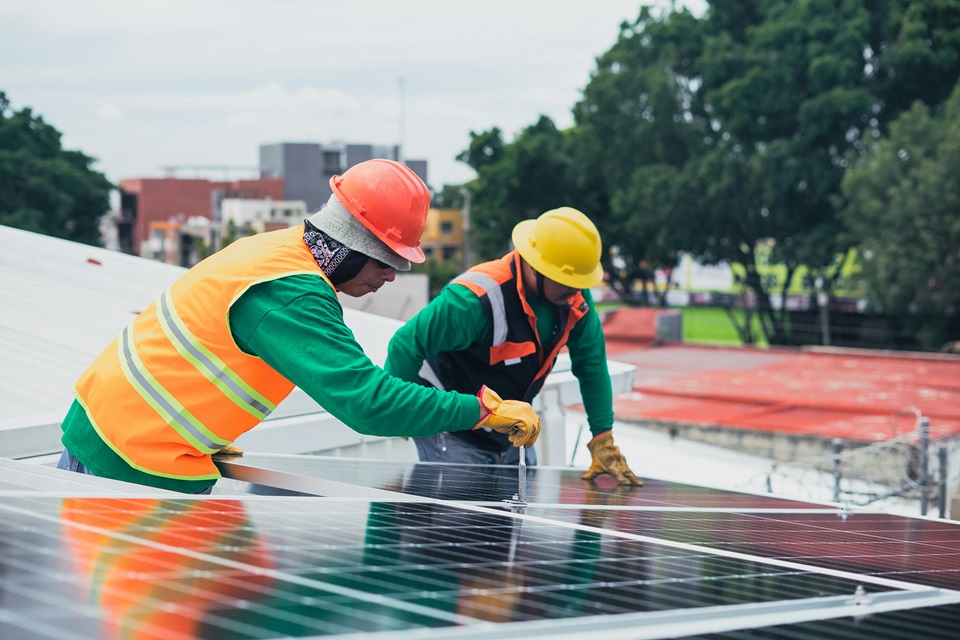Energy Saving Tips
STC Solar Rebate
STC Solar Rebate is a government incentive that makes solar more affordable for Australian…

Solar energy is growing in popularity every day. But are solar panels really worth it? Let’s find out whether solar is a cost-effective solution for your home.
Before we go into costs, it’s worth mentioning the government incentive available for solar buyers. The Small-scale Renewable Energy Scheme (SRES) is designed to reduce the upfront cost of investing in solar panels. In very simple terms, when you purchase a solar package, you’re given a certain number of STC (small-scale technology certificates) credits. The number of STCs you receive depends on the size of your system and your location. STCs are essentially sold by the solar retailer on your behalf, and the value of these credits is deducted from your upfront cost. You can, of course, hold your credits, pay full price to your retailer, and sell your STCs independently if you choose.
Your location means the rebate amount will vary. In 2024 a rough estimate in NSW is around $390 per kW installed. So, for a 6.6kW solar power system, you can expect a rebate of around $2,600.
Note: The SRES technically isn’t a rebate, but since most solar retailers will help you take this amount off your upfront cost, we’ll call it a rebate for simplicity.
There are two main components to a standard grid connected solar installation: the solar panels and the solar inverter. You can, of course, consider battery storage, too, but for the purpose of this article, we’re going to look at solar installations with no battery storage.
According to Canstar, you can expect to pay around $6,000 for a 6.6kW solar installation. For this article, we’ll use 6.6kW systems as they are the most common and in optimum conditions, they generate plenty of solar energy for the average household.
This price includes solar panels and your solar inverter (which is required to turn solar energy into usable electricity). Installation costs may vary depending on the complexity of your roof, but these are generally included in the price. So, let’s say that solar panels Sydney cost roughly $6,000, and this is after any STC credits you may receive.
When determining if solar is right for your family, you need to know if you can access a feed-in tariff. Here’s a very brief example of how a typical on-grid solar system works.
Feed-in tariff rates range from 0c per kWh to 20c per kWh. For the sake of argument, we’ll say the average is 8c per kWh. The average 6.6kW system produces roughly 24kWh of energy per day. Even on the higher end of consumption, let’s say your home uses 10kwh of energy during the day. This leaves 14kwh to be exported.
14kwh x 8c = $1.12
Over a month, this represents an approximate $33 credit on your energy bill.
The amount you save by using solar energy is really dependent on how much energy you consume. If your consumption is typically higher during the day, you’ll save more because your home is powered by free solar. But if you use more energy in the evenings, your solar savings will be less.
It is estimated that families can save over $2,000 per year. Because every home is different, it’s impossible to give a generalised figure, so we’ll go with this figure, which equates to a monthly saving of around $166.
Let’s not forget, you could also be getting around $33 in credit on your electricity bill. So, add that together, and we’ve got $199 worth of savings per month.
So, the big question is, how quickly does a solar system pay for itself? If you consider that you’re saving $199 per month and the system costs you $6,000 upfront, the calculation is:
$6,000 / $199 = 30 months
This means that you can save enough money in approximately 30 months to cover the initial cost of installation.
When you consider that most solar panels come with a 25-year warranty and the system can pay for itself in 2.5 years, that’s a lot of time you can expect to enjoy energy savings, even after the initial cost is covered.
Again, the figures used in these calculations aren’t going to be the same for everybody. It all comes down to how much energy you use and, more importantly, when you use it. Using more energy during daylight hours and less of an evening typically means you’ll save more than a household that predominantly uses power at night. But even if it took five years to pay for itself, a solar system still leads to excellent long-term savings.
If you’d like to start slashing energy bills and saving money today, contact our friendly SolarBright team to discuss the best solar panels for your home.
Read Also:
When is the Best Time to Install Solar?
How Long Will My Solar Panels Last? 4 Main Considerations
Take a Look
Energy Saving Tips
STC Solar Rebate is a government incentive that makes solar more affordable for Australian…
Solar Battery
A Virtual Power Plant is a network of connected solar batteries, typically located in…
Solar Panels
Installing solar panels is one of the quickest and most effective ways to start…